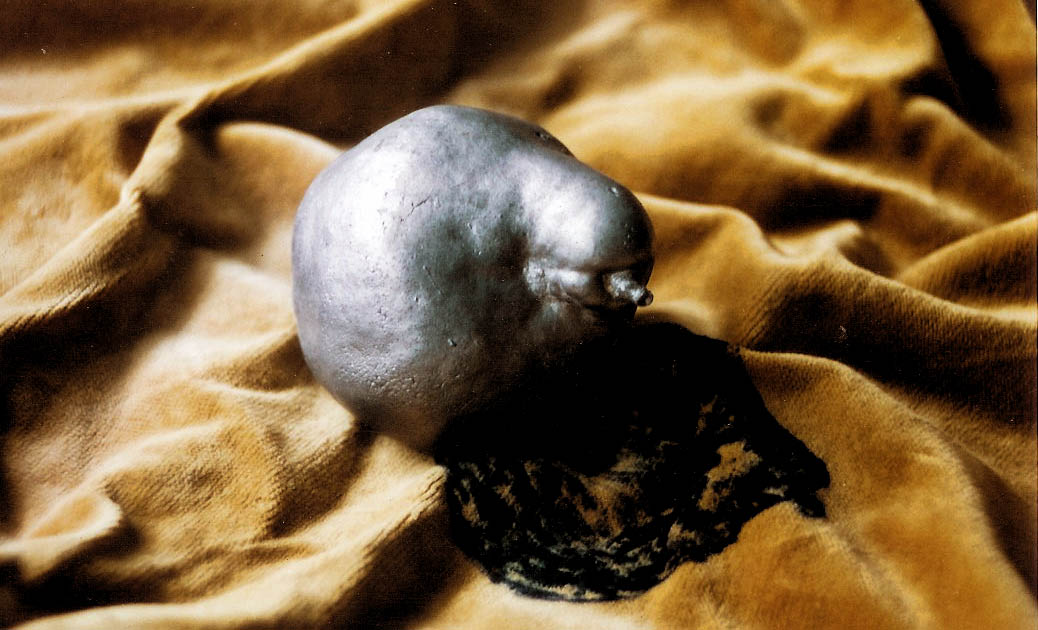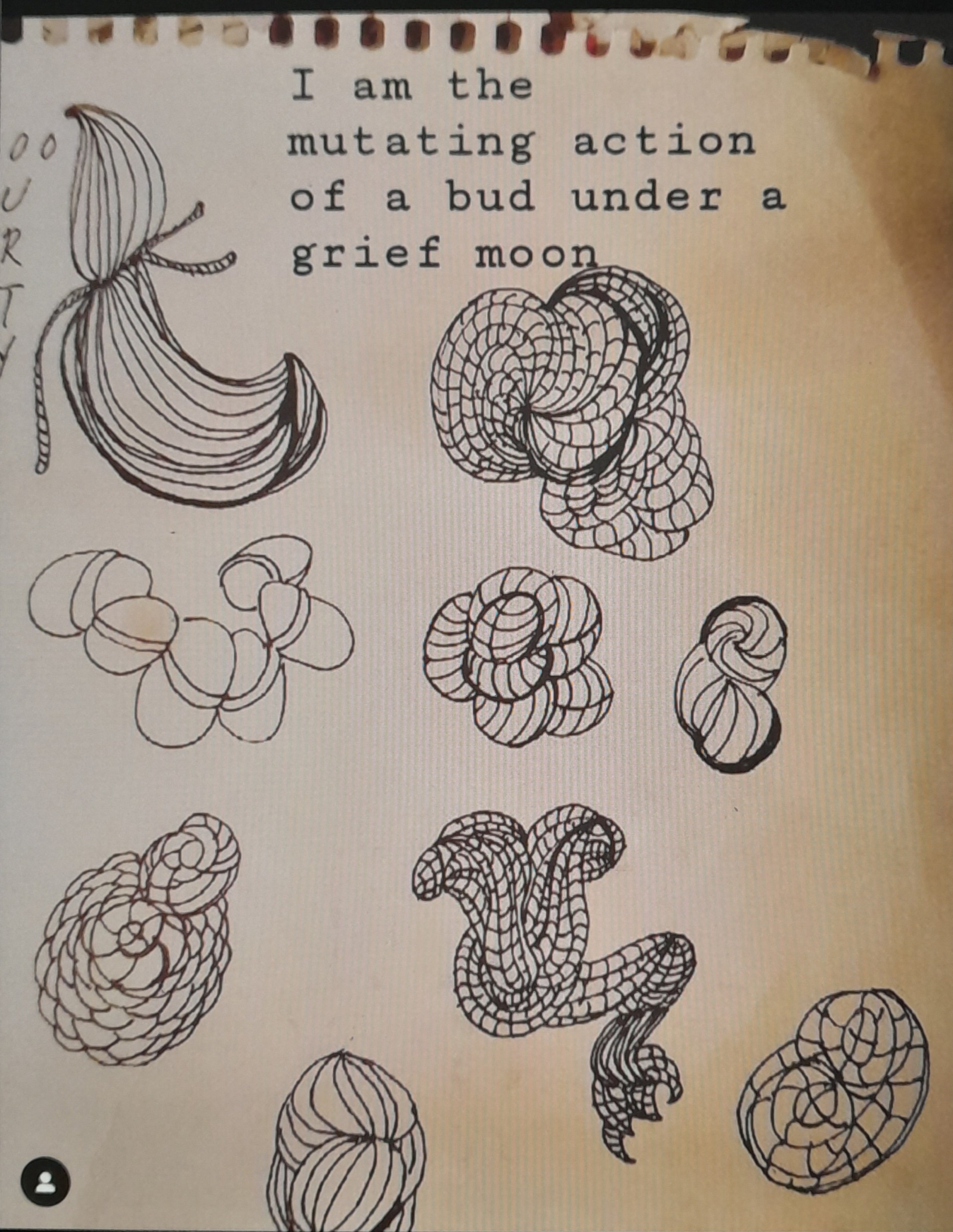Sculpture : Archive
A selection of works from the past thirty years
I have been studying, making, thinking and teaching this thing called sculpture for 30 years now. When I am making sculpture I am thinking through feelings; feelings that range from grief to love. Just as a bee does not know the word ‘flower’ but knows a flower, the thing itself, I have come to know sculpture. It is an aperture of volume and feelings. I can’t help but feel it and be touched by it. I am charmed by the way that feeling and touching are enfolded in sculpture. It moves me.
Sculpture is awake to its surroundings. It activates space. In this way it is conscious. Brought into being in the encounter between it and you, the viewer. You bring sculpture to life.
Sculpture is an other body. Not our own but a negative condition that can wake us up to our own bodies. It is a body as in a body of water, or a body in motion or a celestial body. Sculpture is something you back into when looking at a painting. When we turn around it is a back and a front and a side to side. It is in the round and part of the surrounds. It shares the same phenomenal reality as our bodies.
Sculpture in a word is a sword, it cuts through logic as an anagram (pure cults) It is a poem, a text on the wall. It can live in the title of a work ‘The Physical Impossibility of Death in the Mind of Someone Living’
It was the art historian Rosalind Krauss who identified postmodern sculpture in 1978 and coined the phrase in the eponymous essay ‘sculpture in the expanded field’. For over a millennium sculpture had been fixed to pedestals as monuments and memorials or stood as embellishments to architecture. She observed how sculpture had become nomadic. She noted the way that Brancusi had absorbed the pedestal into sculpture and the way Rodin’s monumental Gates of Hell had been unhinged from architecture and had become sculptures that were site-less. She wondered how land art fits in the category of sculpture. She described sculpture as a negative condition of itself. She unfolded sculpture thus; what is not architecture and what is not landscape is sculpture.
Looking through a hole in a Barbara Hepworth looking at a Henry Moore. Monuments and embodiments, materialities and transformations. Horizon expanding landscapes mapped out in holes, and absences, what is not architecture, what is not landscape, is sculpture. What is not gravity, is grace. The inside out of a mould, the reversing of mutually informing surfaces, the negative and positive effacing, the stone matrix. The matrix is monolithic, materials such as aluminium, magnesium, nickel, titanium, cobalt can be used as matrix materials. Monolithic materials and palaeolithic figures, the Lion Man springs to mind, carved out of mammoth ivory, using a flint stone knife 40,000 years ago, nomadic sculpture carried, held, carved, and felt. Touching through time and space.
Claes Oldenburg’s Floor Burger (1962) at the Art Gallery of Ontario was my first encounter with sculpture. I was perhaps 6 years old. I remember it well. I wanted to flop on the bun. Bounce on the Floor Burger. Slump on its canvas meat and bun belly. Oldenburg’s work in his words “takes its form from the lines of life itself, that twists and extends and accumulates and drips, and is heavy and course and blunt and sweet and stupid as life itself.” The mute object and silent witness. On the day of Oldenburg’s death my sister texts me, “I remember an article about him. It was a New Yorker profile, so they followed him and interviewed him a few times. At one point they were on a plane to deliver a new pickle for the hamburger! Claes O. was using it, in the meantime, as a cushion to support his head.” Sculpture is a pickle. Sculpture is a pillow. Sculpture is a bed. It holds our attention. We are held. It is felt.





































































